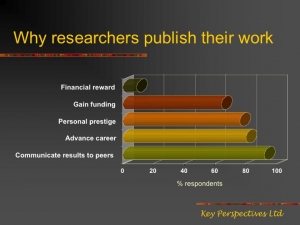 A promise:
A promise: If it should turn out that the spontaneous author uptake rate for the "
hybrid gold open access" option (i.e., journals that give authors a choice between either
conventional subscription-based publication or
paying to make their own article open access) significantly exceeds the spontaneous author uptake rate for "
green open access"
self-archiving (currently only about
15%, averaged across all fields, even though
94% of journals have given authors their green light for immediate OA self-archiving), then this weary archivangelist will retire to his tent, in defeat and dismay, at having wasted a
decade and a
half on trying to maximize the impact of human rationality, only to discover

that the sole thing that had been missing all along -- as Thomas Walker had suggested in
1998, in the proposal that launched the
American Scientist Open Access Forum -- was the option to
purchase the extra visibility at a price!
My own guess, though, is that researchers are no more likely to do, spontaneously, for a fee, what they
would not do, spontaneously, for free, for well over a decade now, despite its
substantial benefits to themselves and their research.
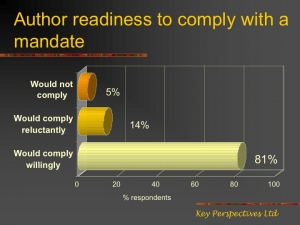
As
95% of researchers sampled predicted, repeatedly, when surveyed by Alma Swan (
2006) of
Key Perspectives and others; and as researchers confirmed by their actual behaviour when submission rates for IRs with and without self-archiving mandates were compared (Sale
2006):
Most researchers will not bother to self-archive until and unless they are required to do so by their institutions and/or funders: Not for free, and even less likely for a fee!
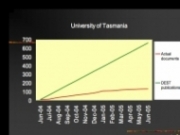
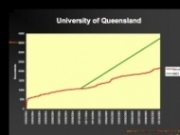
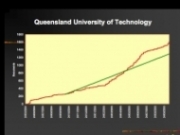 Growth rates for self-archived articles (red) relative to annual article output (green) for three different IRs (with Library Help = +L; with Mandate = +M): (1) -L -M (2) +L -M (3) +L +M
Growth rates for self-archived articles (red) relative to annual article output (green) for three different IRs (with Library Help = +L; with Mandate = +M): (1) -L -M (2) +L -M (3) +L +M
(Data and graphs from A. Sale; all figures accompanying this posting are from Key Perspectives)
Hence it is
Immediate-Deposit & Optional-Access Self-Archiving Mandates (
ID/OA)
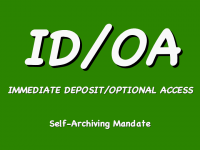
by researchers' institutions and funders that will propel self-archiving rates from their current spontaneous 15% rut into
unstoppable growth toward 100% -- given that Rationality and Rational Self-Interest alone did not prove to be enough to inspire researchers to self-archive, but they did prove to be enough to inspire their
institutions and funders to extend their existing "
publish-or-perish" mandates to "
publish-and-self-archive"; and given that few will choose to pay for what they could have for free but couldn't be bothered to provide till mandated to do so...

The outcome would be 100% OA either way, of course, but there would be some consolation if it turned out to be mandated Rationality, rather than muddled Irrationality that prevailed!
(Only
IF AND WHEN the urgent question should ever become (1) how to pay publication costs (subscriptions having been cancelled) rather than (2) how to end access-denial and
impact-loss (as now),
THEN the
windfall savings from the subscription cancellations will be the rational source out of which to pay the publication costs. To pay for OA now, in advance, when all the money is all still tied up in subscriptions, when all costs are still being covered, and when catastrophic cancellations are only a hypothetical possibility -- well, you find your own preferred i-word for describing it...)
Stevan Harnad
American Scientist Open Access Forum
References
Hajjem, C., Harnad, S. and Gingras, Y. (2005)
Ten-Year Cross-Disciplinary Comparison of the Growth of Open Access and How it Increases Research Citation Impact.
IEEE Data Engineering Bulletin 28(4) pp. 39-47.
Sale, Arthur (2006a)
Researchers and institutional repositories, in Jacobs, Neil, Eds.
Open Access: Key Strategic, Technical and Economic Aspects, chapter 9, pages 87-100. Chandos Publishing (Oxford) Limited.
Swan, A. (2006)
The culture of Open Access: researchers' views and responses, in Jacobs, N., Eds.
Open Access: Key Strategic, Technical and Economic Aspects, chapter 7. Chandos.









